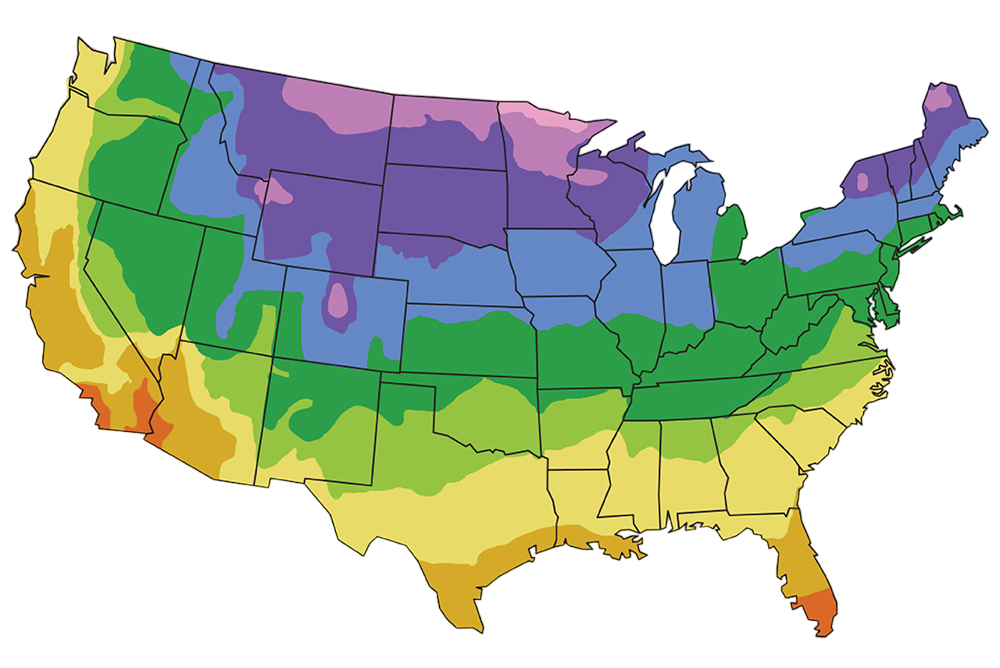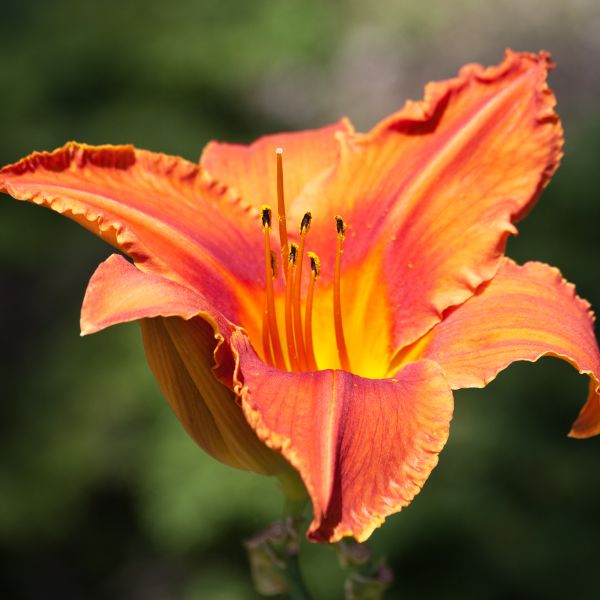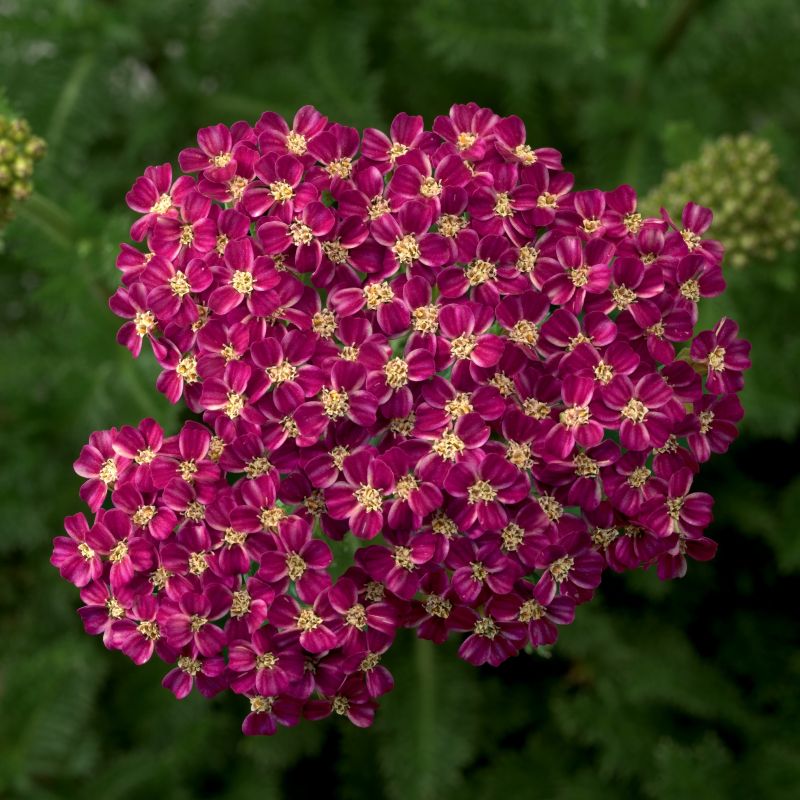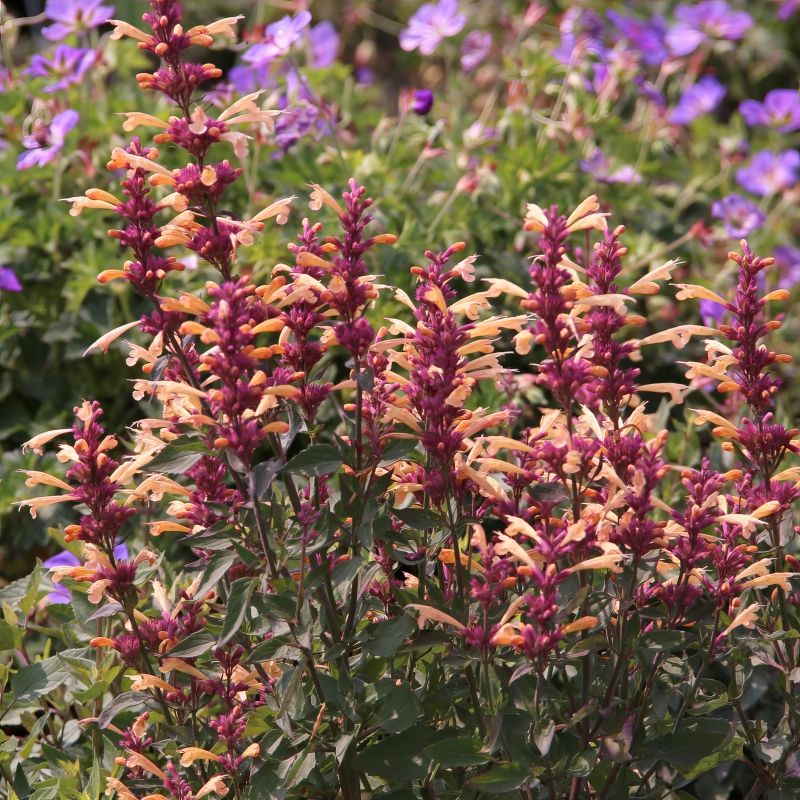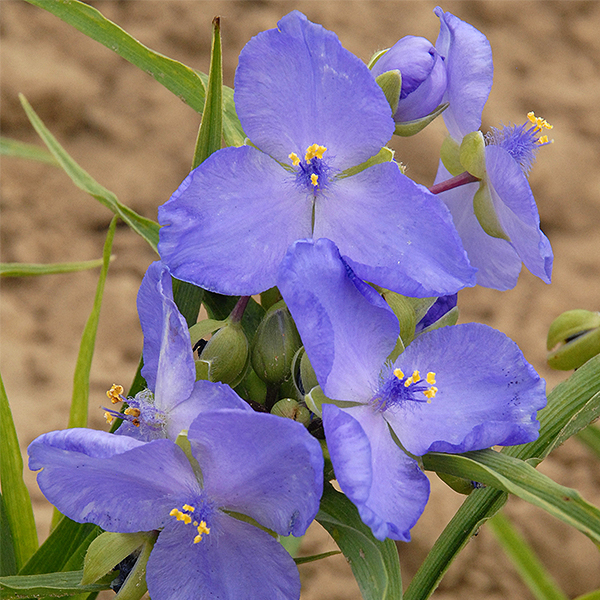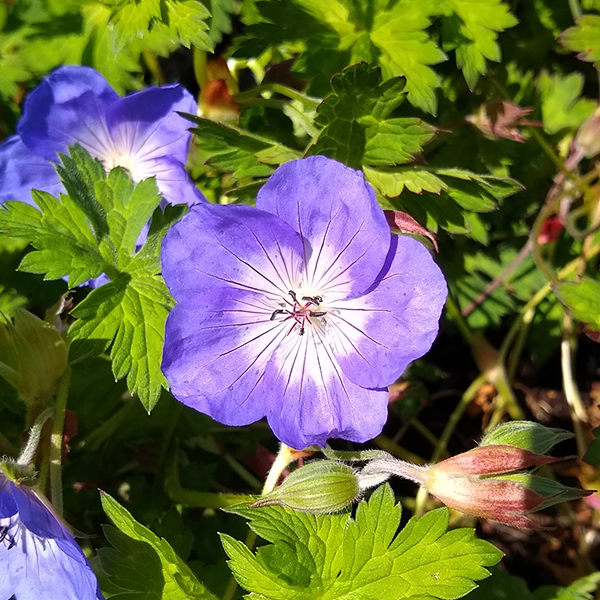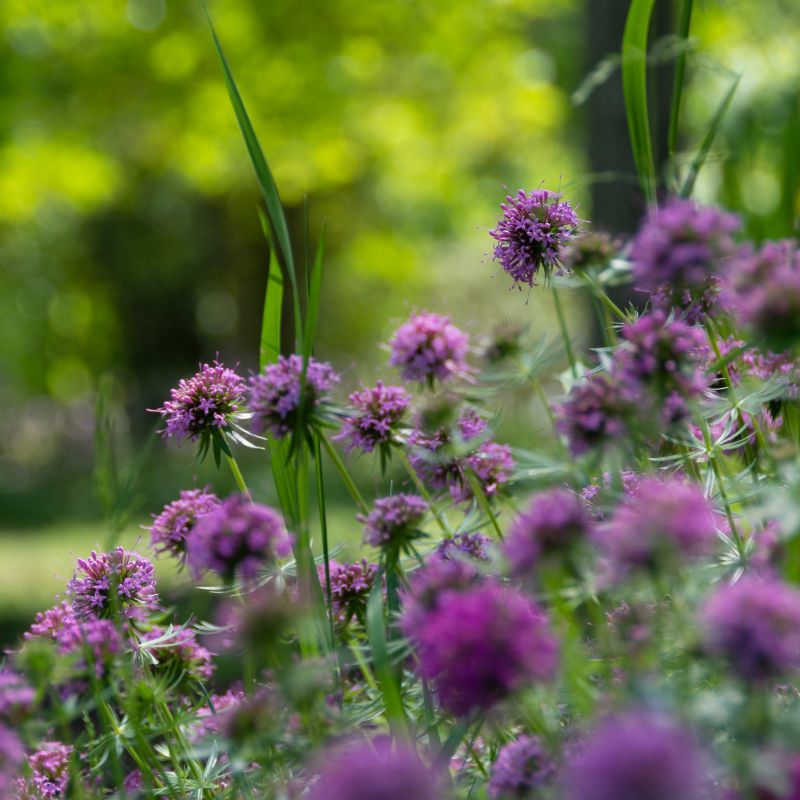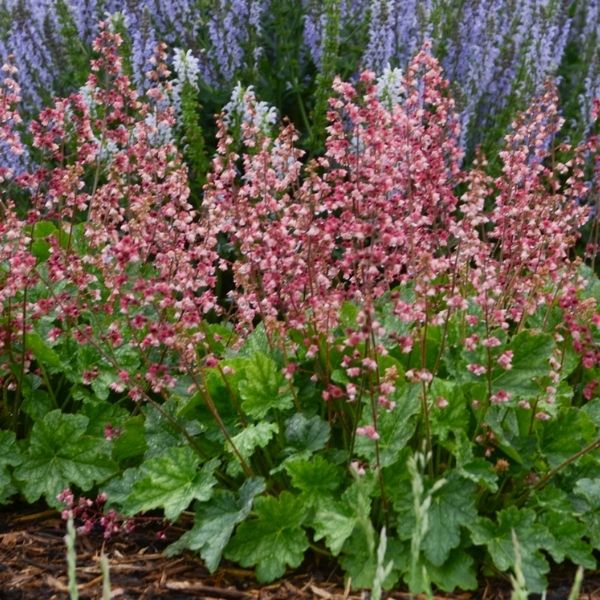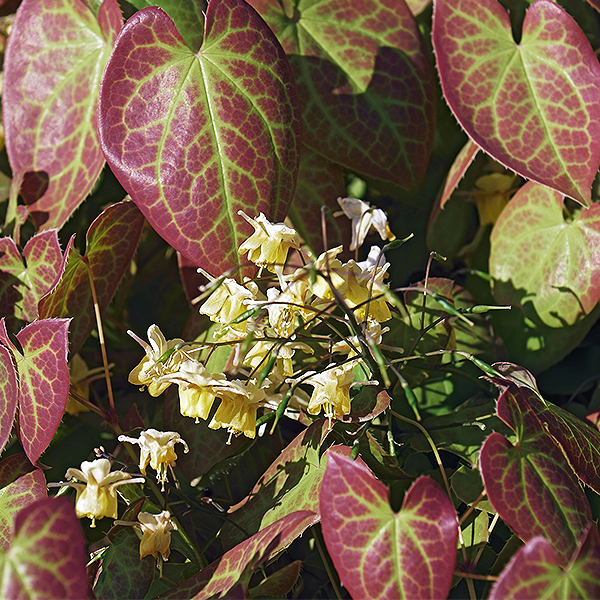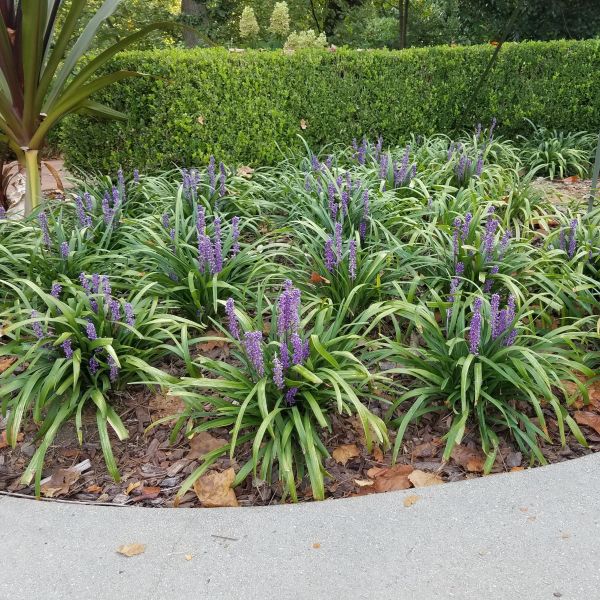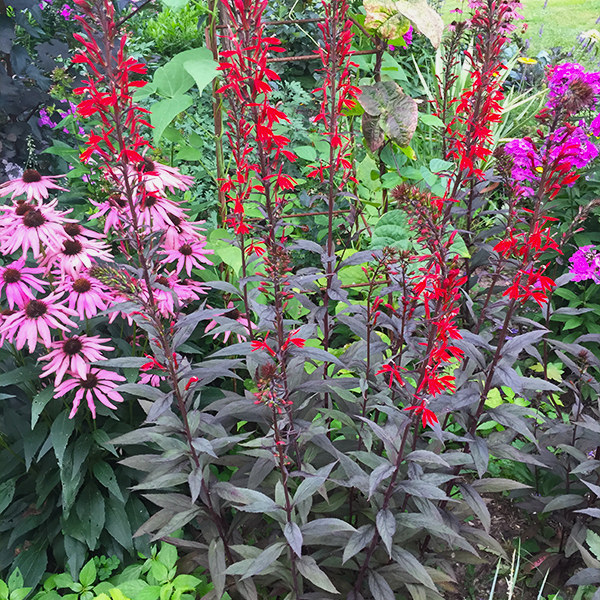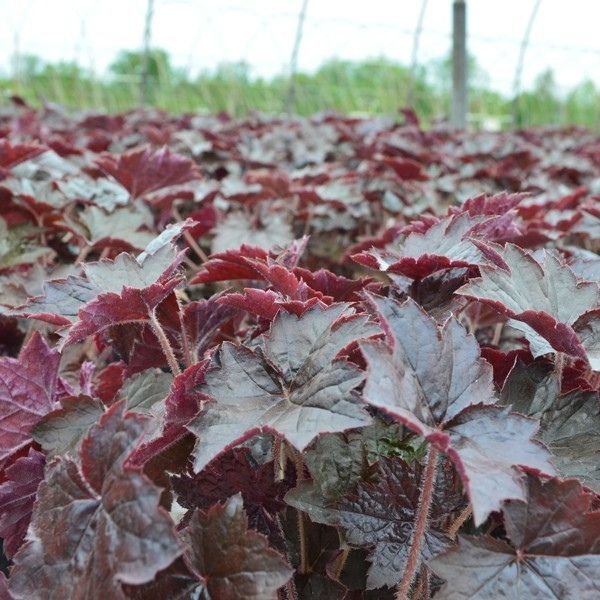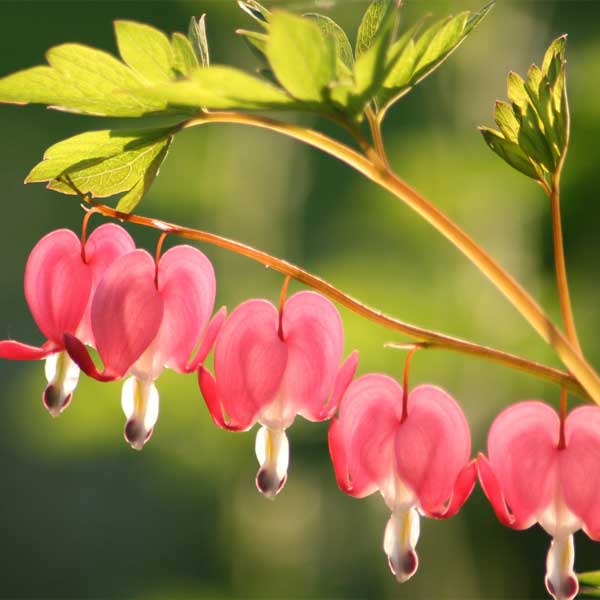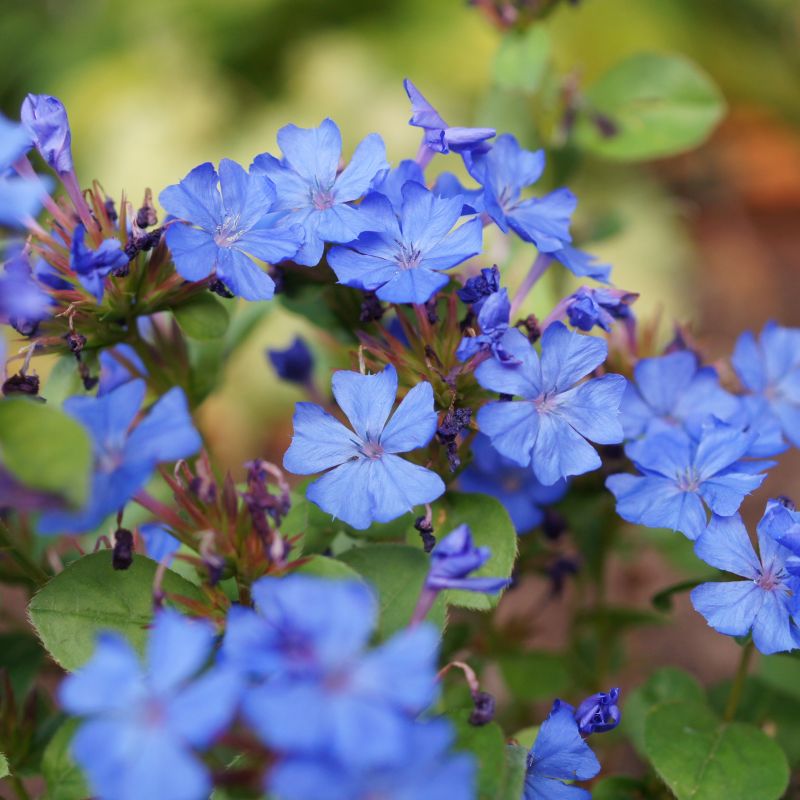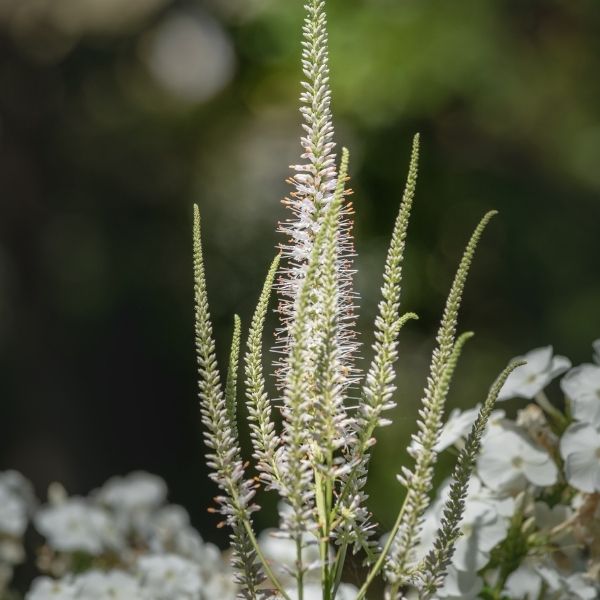
Culvers Root
Veronicastrum virginicum
10 reviews
Culvers Root
Veronicastrum virginicum
10 reviews
1 Gallon
We are sorry, product is currently out of stock due to seasonal availability. Please check the "Related plants available in your area" section below
Not just beautiful - intentionally selected by ShrubHub's 3D landscape design team to fit real-world spaces and maximize yard potential.
Why Culvers Root?
Culver's root (Veronicastrum virginicum) is a perennial flowering plant primarily found in North America. It is valued for its attractive spiky flower clusters and narrow leaves. Culver's root is known for its medicinal properties and has been traditionally used to treat various ailments, including fevers, digestive issues, and liver problems. Additionally, it is a popular choice among pollinators, making it a beneficial plant for supporting biodiversity and ecosystem health.
Related plants available in your area
Sunlight
Culver's Root (Veronicastrum virginicum) requires full sun or partial shade to thrive.
Watering
The watering requirement for Culvers Root is moderate to moist soil. It prefers consistently damp soil but can tolerate some dryness. It is important to water regularly, especially during hot and dry periods, to keep the soil moist but not waterlogged.
Fertilizing
Culver's Root requires a balanced fertilizer with equal amounts of nitrogen, phosphorus, and potassium.
Culvers Root (Veronicastrum virginicum)
Culvers Root, scientifically known as Veronicastrum virginicum, is a tall perennial plant belonging to the plantain family. It is native to North America and is often praised for its ornamental beauty as well as its medicinal properties.
Appearance
The Culvers Root plant typically grows to a height of 3 to 6 feet (0.9 to 1.8 meters) and features a striking vertical spike of delicate white flowers. The flowers are densely arranged on the spike, which adds elegance and charm to any garden or landscape it inhabits. The lance-shaped leaves are dark green, providing a lovely contrast to the blooms.
Cultivation
Veronicastrum virginicum thrives in moist to wet soil conditions and can adapt to a variety of locations including sunny, partially shaded, or shaded areas. It is a hardy plant that can withstand cold winters and is also deer-resistant, making it suitable for various gardening zones. Culvers Root blooms in mid to late summer and attracts pollinators like bees and butterflies.
Medicinal Uses
Aside from its beauty, Culvers Root has long been used in traditional herbal medicine. The plant has a bitter taste and possesses certain compounds that are believed to have medicinal effects. It has historically been used as a natural remedy for digestive disorders, liver complaints, and fever. However, it is important to note that any medical use should be discussed with a qualified healthcare professional.
Landscaping Uses
Culvers Root is a popular choice for gardeners looking to add vertical interest to their landscapes. It works exceptionally well when planted at the back of a border or in wildflower meadows. Its elegant spikes of white flowers make it an excellent companion plant for other perennials, ornamental grasses, and late-season bloomers. Additionally, the flowers can be attractive when used as cut flowers in floral arrangements.
Growing Tips
- Plant Culvers Root in moist to wet soil conditions.
- Choose a location that receives full sun to partial shade.
- Provide sufficient spacing as the plants will grow tall.
- Water consistently, especially during dry periods.
- Consider staking the plants to provide support.
- Deadhead spent flowers to promote further blooming.
- Divide plants every few years to prevent overcrowding.
With its tall and elegant spires of white flowers, Culvers Root is an eye-catching plant that adds beauty and vertical interest to any garden or landscape. Whether used for its ornamental appeal or potential medicinal properties, this native North American perennial is sure to delight gardeners and nature enthusiasts alike.
Plant Information:
| Botanical Name: | Veronicastrum virginicum |
| USDA Zones: | 3 - 7 |
| Water: | High |
| Exposure: | Full Sun |
| Soil Needs: | Tolerates Wet Soil |
| Mature Height: | 3 - 6 feet |
| Mature Spread: | 2 - 4 feet |
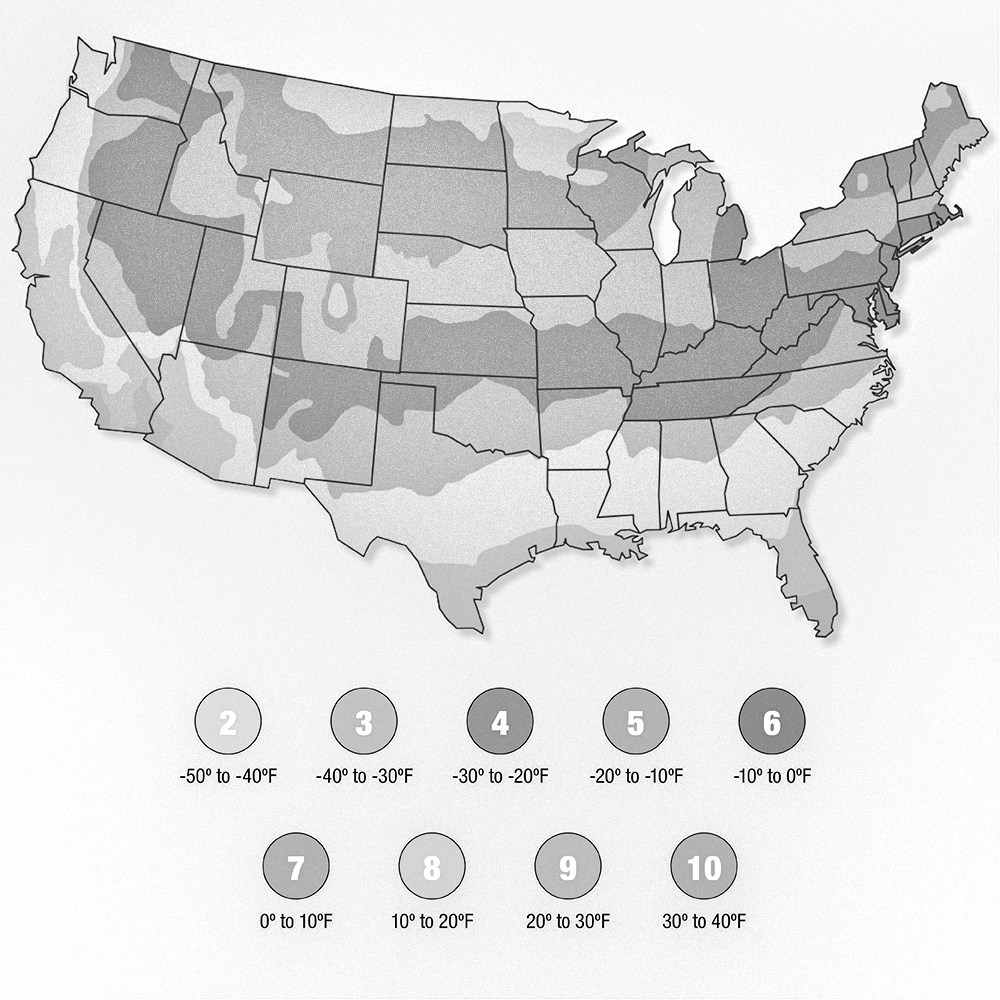



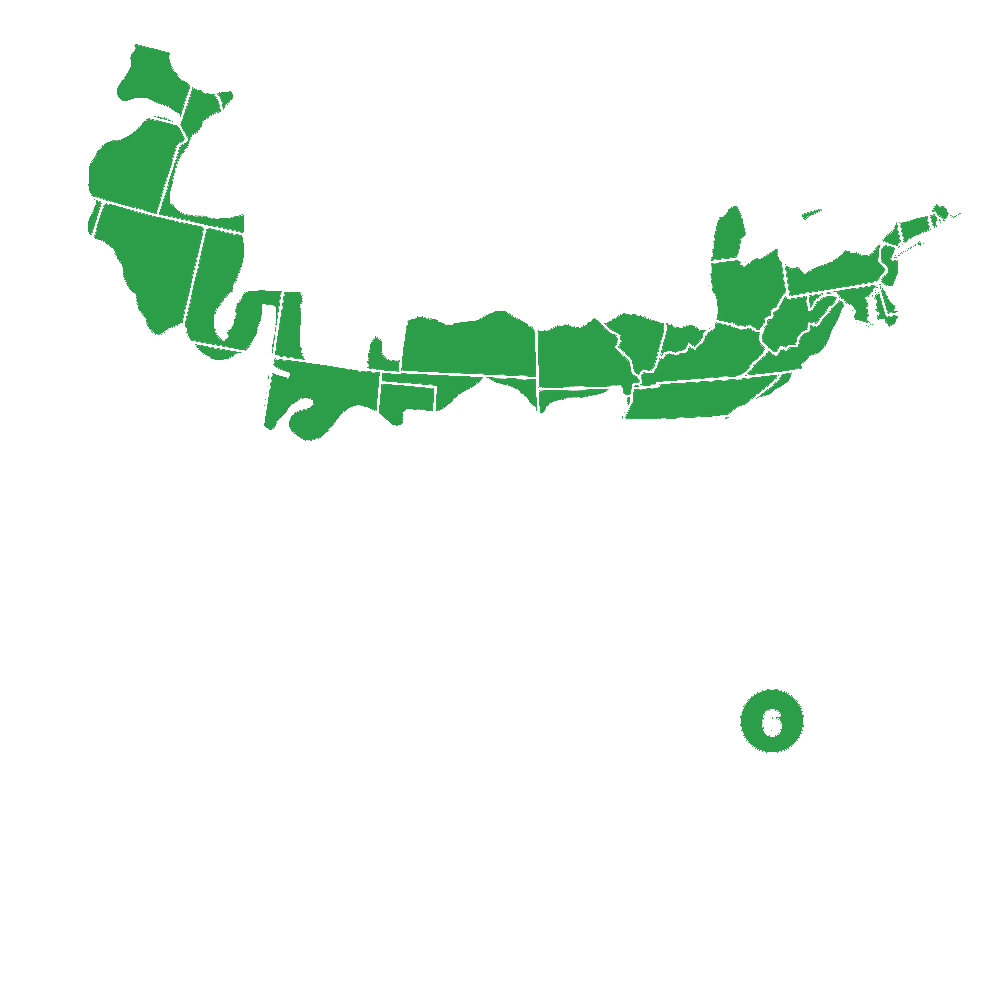
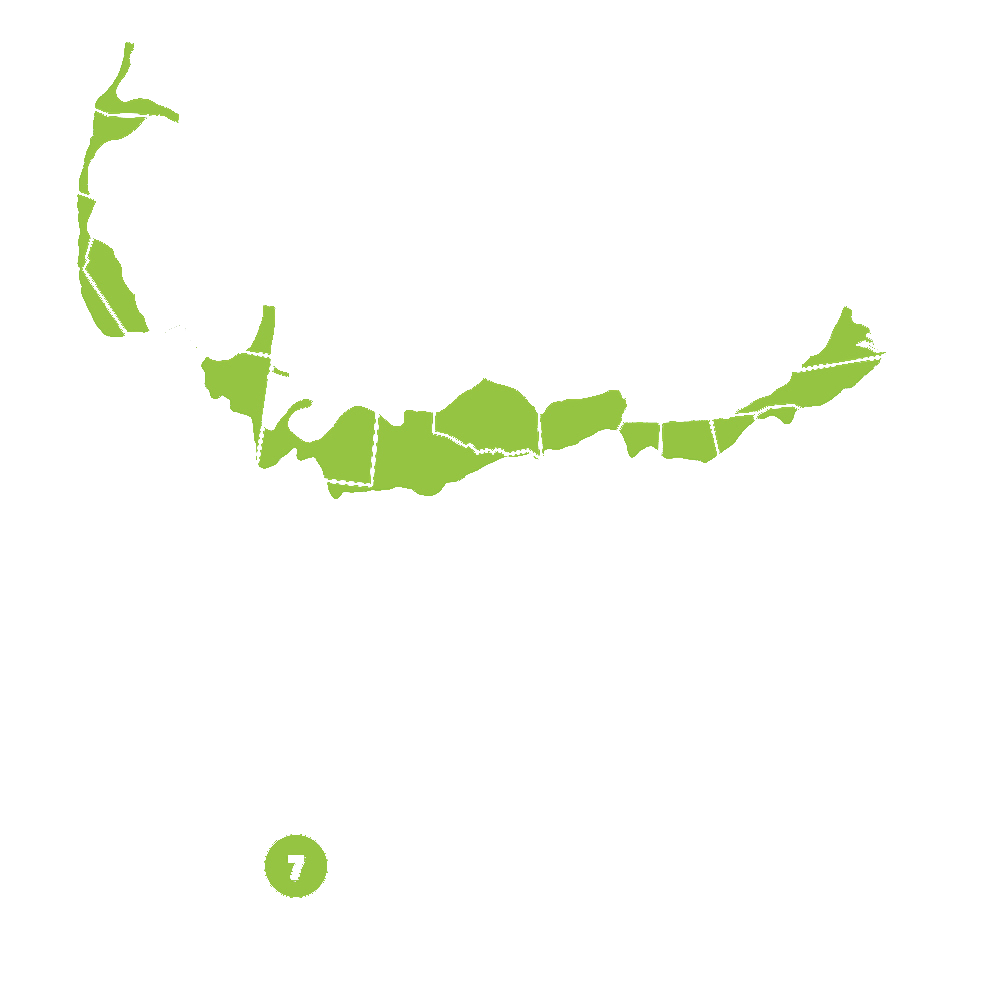
Pollination Info
Pollination Information for Culver's Root (Veronicastrum virginicum)
Culver's Root (Veronicastrum virginicum) is a perennial herbaceous plant native to North America. It is known for its tall spikes of white or pale lavender flowers that bloom during the summer months. Like many other flowering plants, Culver's Root relies on pollination to reproduce and set seeds. Here is some detailed information about its pollination process:
Pollination Method:
Culver's Root is primarily pollinated by insects, particularly bees, butterflies, and moths. These flying insects are attracted to the flowers' nectar and inadvertently transfer pollen from one flower to another as they move between plants in search of food. Culver's Root has evolved to have specific floral adaptations that enhance its chances of successful pollination.
Flower Structure:
The flowers of Culver's Root are arranged in dense, elongated spikes that can reach up to 2-5 feet in height. Each spike is composed of numerous small individual flowers, often with six stamens and a single style. The flowers have five sepals and usually four petals, forming a tubular shape. The petals are fused together at the base, forming a corolla tube.
Flower Color and Fragrance:
Culver's Root flowers are typically white but can also appear in pale lavender hues. They have no noticeable fragrance, but their color and shape attract various pollinators.
Pollen and Nectar:
The flowers produce ample amounts of both pollen and nectar. Pollen grains are small and powdery, easily attach to visiting insects. The nectar serves as a reward for pollinators and is a vital energy source for them.
Pollinator Attraction and Adaptations:
Bees, including native and honey bees, are the most common pollinators of Culver's Root. The spiky flower spikes provide a landing platform and support for these insects. The tubular shape of the flowers with a flared opening allows easy accessibility for long-tongued bees and butterflies. The petal arrangement and color also attract insects by signaling the presence of nectar.
Pollination Process:
When a pollinator lands on a Culver's Root flower, it comes into contact with the flower's reproductive organs. Pollen grains may attach to the pollinator's body, including its legs, abdomen, or proboscis (tongue). As the pollinator moves to the next flower, some pollen is transferred onto the pistil (female reproductive organ) of the new flower, allowing for cross-pollination.
Seed Production:
If pollination is successful, the fertilized pistil develops into a seed pod, containing numerous tiny seeds. These seeds are dispersed by wind or other external factors, allowing Culver's Root to colonize new areas and propagate.
Importance for Biodiversity:
Culver's Root is an important plant for supporting biodiversity as it provides a food source and habitat for various pollinators. By attracting and supporting pollinators, it plays a crucial role in the reproduction of other plant species as well.
FAQ
Frequently Asked Questions About Culver's Root
1. What is Culver's Root (Veronicastrum virginicum)?
Culver's Root, scientifically known as Veronicastrum virginicum, is a perennial flowering plant native to North America. It belongs to the Plantaginaceae family and is commonly found in prairies, open woodlands, and meadows.
2. How tall does Culver's Root grow?
Culver's Root typically grows to a height of 3 to 6 feet (0.9 to 1.8 meters).
3. What are the notable features of Culver's Root?
Culver's Root has long, slender, and upright stems that are topped with dense spikes of small, tubular white flowers. The leaves are lance-shaped and arranged in whorls around the stem.
4. When does Culver's Root bloom?
The flowering period for Culver's Root is usually from late spring to mid-summer, typically between June and July.
5. How do I propagate Culver's Root?
Culver's Root can be propagated by both seeds and division. Seeds can be sown directly in the garden in fall or early spring, while division can be done in early spring or autumn by separating the clumps and replanting them.
6. What are the preferred growing conditions for Culver's Root?
Culver's Root thrives in full sun to partial shade. It prefers moist, well-drained soil that is rich in organic matter. It can tolerate a range of soil types, including clay and sandy soil.
7. How often should I water Culver's Root?
Culver's Root requires regular watering, especially during dry spells or in the absence of rainfall. Water the plant deeply once a week, ensuring the soil is moistened at least 6 inches deep.
8. How do I care for Culver's Root?
Provide regular watering to keep the soil moist, but avoid overwatering that can lead to root rot. Mulching around the base of the plant helps retain soil moisture. Deadheading the faded flowers can promote additional blooming. In late fall, cut back the stems to ground level and add a layer of mulch for protection during winter.
9. Is Culver's Root deer-resistant?
Yes, Culver's Root is often considered deer-resistant due to its bitter taste, which deer tend to avoid.
10. Are there any pests or diseases that affect Culver's Root?
Culver's Root is generally resistant to most pests and diseases. However, it may occasionally be susceptible to powdery mildew, leaf spot, or aphid infestations. Regular inspection and appropriate measures, such as applying fungicides or insecticidal soap, can help control these issues.
Planting & Care
Planting Culvers Root (Veronicastrum virginicum)
Culvers Root, scientifically known as Veronicastrum virginicum, is a beautiful and versatile perennial plant that adds interest to any garden. Here are the steps to successfully plant Culvers Root:
- Choose a suitable location: Culvers Root prefers full sun to partial shade, but it can tolerate some shade. Ensure the soil is well-draining, moist, and rich in organic matter.
- Prepare the soil: Remove any weeds, rocks, or debris from the planting area. Loosen the soil with a garden fork or tiller to create a loose and crumbly texture.
- Dig the hole: Dig a hole that is twice the width and depth of the Culvers Root plant's root ball.
- Plant the Culvers Root: Place the plant in the hole, making sure the top of the root ball is level with the ground. Fill the hole with soil and gently firm it around the plant's base.
- Water thoroughly: After planting, water the Culvers Root deeply to settle the soil and promote root establishment.
- Mulch the area: Apply a layer of organic mulch around the plant, but avoid direct contact with the stem. Mulching helps retain moisture, suppress weeds, and protect the plant's roots.
Care for Culvers Root
Once planted, Culvers Root requires some care to ensure its optimum growth and health:
- Watering: Culvers Root prefers consistently moist soil, so water regularly, especially during dry spells. However, do not overwater, as it can lead to root rot.
- Fertilization: Feed Culvers Root with a balanced slow-release fertilizer in spring to encourage healthy growth.
- Staking: As Culvers Root grows tall and produces flowers, it may benefit from staking to provide support and prevent bending or breaking. Use stakes or bamboo poles to gently tie the plants.
- Deadheading: To prolong the flowering period, remove spent flower spikes by cutting them back to the base. This will also encourage the growth of new flower spikes.
- Dividing: Culvers Root can be divided every few years in early spring or fall to maintain its vigor. Dig up the plant and separate the clumps, ensuring each division has sufficient roots.
- Pest and disease control: Culvers Root is relatively resistant to pests and diseases. However, keeping the garden area clean and well-maintained can minimize the risk of issues. Watch out for common garden pests such as aphids, slugs, and snails.
By following these planting and care instructions, you can enjoy the beauty of Culvers Root in your garden for years to come.
Check Out These Verified Customer Reviews:
Customer Reviews
4.7 out of 5 based on 10 reviews
Thank you! Your review has been submitted.
I was extremely satisfied with my order of Culvers Root. The product arrived quickly and was in perfect condition. The quality was exceptional and I will definitely be ordering from them again.
Smooth transaction, very satisfied.
High quality product, fast shipping.
Item has been added to your cart.

